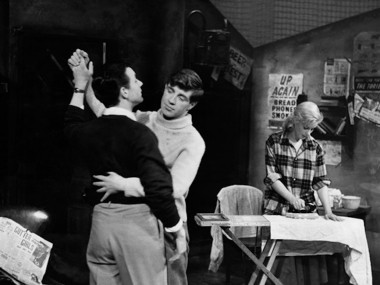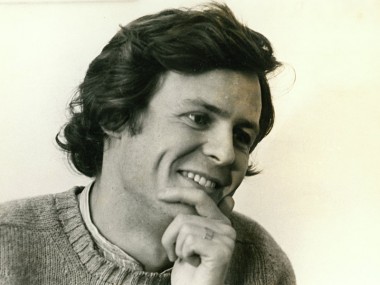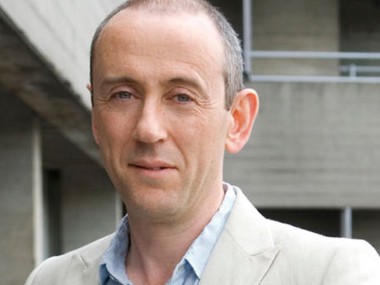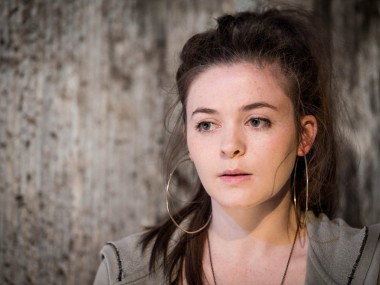Greg Hersov on Look Back in Anger
Monday 9th January 2023
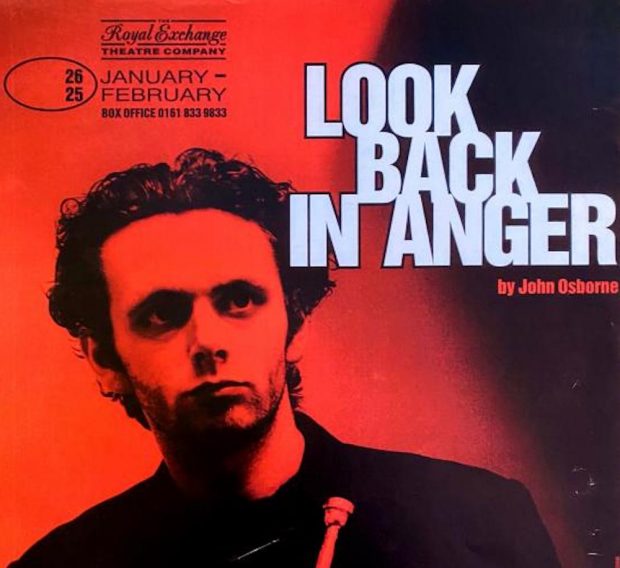
Book of the week: Greg Hersov, who joined the Royal Exchange Theatre in Manchester in 1980, and was then artistic director from 1987 until 2014, has written a book called Something Rich and Strange, which is free to read on his website. It is an enthralling account of directing work at this venue, and a meditation on how plays have spoken to him over three decades. I recommend this wonderful work as an excellent resource for anyone interested in theatre-making. Hersov writes really well about his passions: “I have been very lucky in being able to choose the plays I’ve wanted to direct over four decades. Every play I’ve chosen has started with an initial reading where the text has possessed me like Ariel’s song. I have become an animated audience, feeling many emotions, transfixed by every twist and turn in the writing. These plays contained secrets and mysteries I wanted to understand. Whether written yesterday or two thousand years ago, a unique voice was speaking to me about our lives past, present and future.” And I was particularly interested in his production of John Osborne’s 1956 classic Look Back in Anger, a play I have also written about. He is particularly incisive about the playwright’s questionable attitudes to women in a play which could be seen as an early kind of revenge porn directed at Osborne’s first wife, Pamela Lane.
But what is most interesting is how Hersov collaborated with his cast to solve the problem of the play’s difficult ending. It’s worth quoting at length: “What didn’t make sense was the final scene and I couldn’t commit to directing the play until I found a solution. Osborne’s dialogue and stage directions describe a distraught Alison collapsing on the floor with an agonised outburst about losing her child. She is embraced and soothed by a sensitive Jimmy, telling her ‘You’re all right now’. This was impossible to accept. The following already difficult Bears and Squirrels speech, which concludes the play, was also not possible to contemplate. This picture of Alison learning the meaning of true suffering as a necessary part of her education in life with Jimmy as a paternal presence full of wisdom, was both unrealistic and offensive. I was stuck. There has to be some equality of pain at the end, otherwise why on earth should these two continue on together?” He found a solution through some deep work with actors Michael Sheen and Clare Skinner:
“We all know that at times of great stress we often revert to a childlike way of communicating. Jimmy is trying to formulate a future for their love, whether Alison accepts is, I think, up in the air (the stage directions should be disregarded) but she listens and they are physically together on stage at the end. Michael Sheen, Claire Skinner and I talked about trying to reinvent the scene along these lines. The process was difficult, often painful both physically and mentally, but it created an ending that made some sense and was also open enough to evolve throughout the run. At the National Theatre a few years on we retained this ending. Jimmy and Alison stared out into the darkness, they were together or separate — perhaps they were both at the same time. By disregarding the author’s stage directions, but retaining the dialogue, it was possible for me to imagine a different ending for Look Back In Anger.” As so often, theatre-makers are practical people who make things work on stage — even when this means ignoring an author’s instructions! In this case, it was clearly the right thing to do.
© Aleks Sierz
- Something Rich and Strange is available on Greg Hersov’s website.


